In today’s competitive job market, recruitment has evolved significantly. Gone are the days of manually sifting through piles of resumes. Thanks to modern technology, Applicant Tracking Systems have revolutionized the hiring process, making it more efficient, streamlined, and data-driven. But what is an Application Tracking System, and how does it benefit recruiters and businesses? In this blog, we’ll explore the application tracking system meaning, how ATS software works, and the key benefits of using an ATS system in recruitment.
What is an Application Tracking System (ATS)?
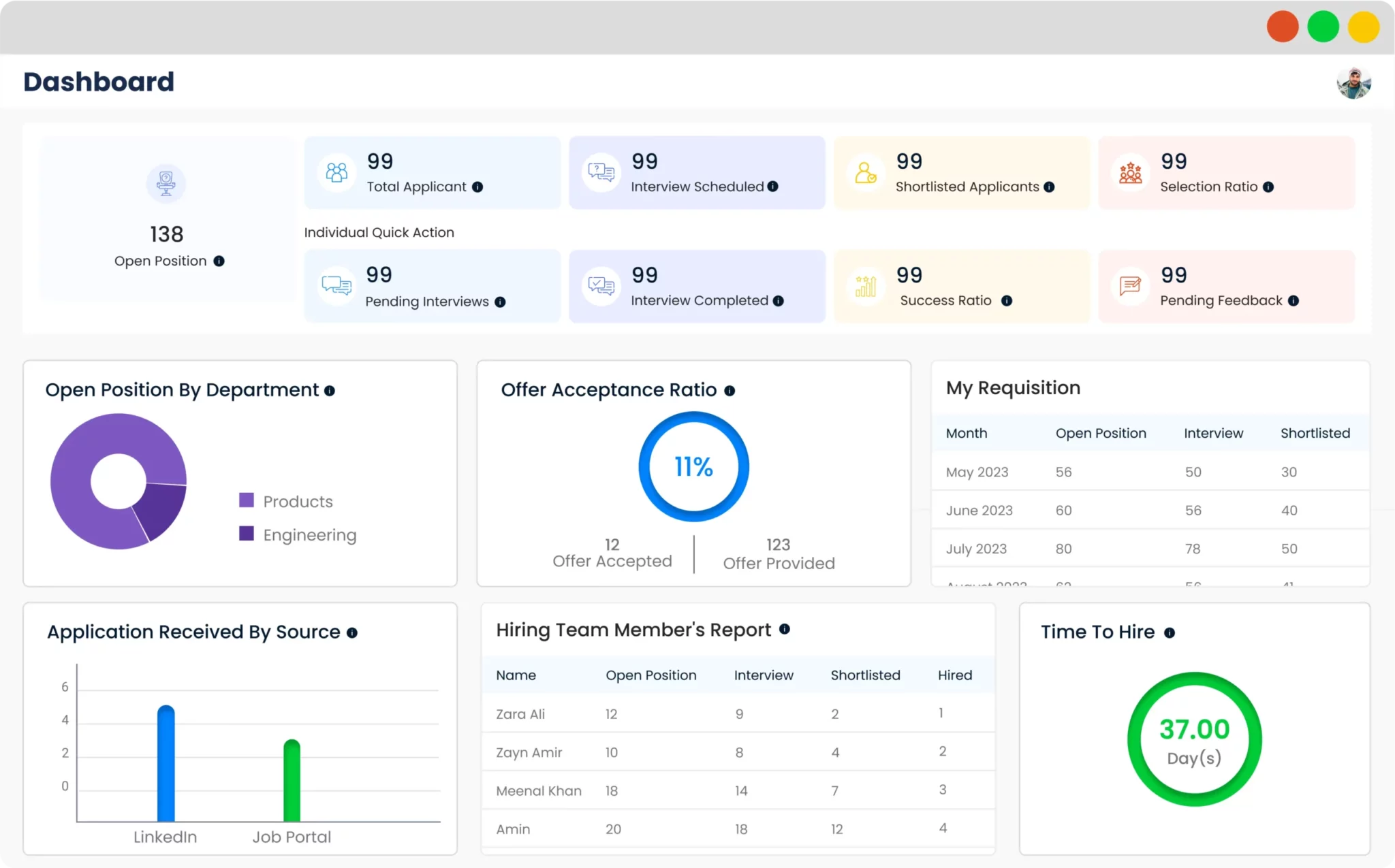
Application Tracking System (ATS) refers to a software solution that automates the recruitment and hiring process by managing job applications and resumes. In simple terms, candidate tracking software helps companies streamline their hiring processes by electronically handling candidate data. These systems are designed to assist in tracking applicants throughout the entire hiring cycle—from the initial application submission to final hiring decisions.
In its essence, ATS tracking simplifies the recruitment process by centralizing applicant information, screening resumes, and improving overall communication between candidates and hiring teams. Whether it’s a large enterprise or a small business, ATS systems make it easier for recruiters to find the right fit for a job opening.
The Benefits of an Applicant Tracking System
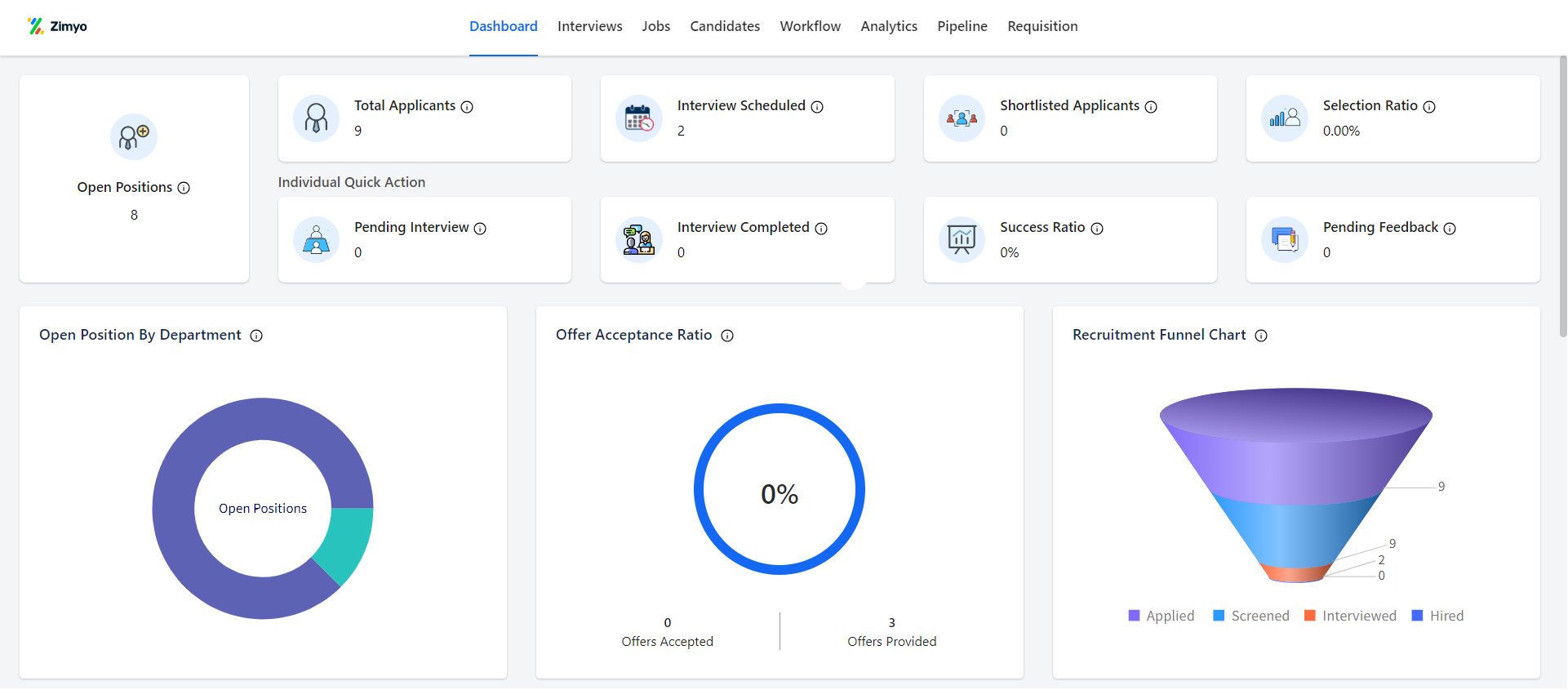
1. Improved Recruitment Efficiency
One of the biggest advantages of using an Applicant Tracking System is the automation it brings to the recruitment process. Instead of manually sorting through hundreds or even thousands of resumes, ATS tracking enables recruiters to quickly filter candidates based on specific criteria such as skills, experience, and qualifications. This drastically reduces the time it takes to identify potential hires, allowing recruitment teams to focus on more strategic tasks.
2. Enhanced Candidate Experience
An ATS not only benefits recruiters but also improves the candidate experience. When candidates apply for a job, their information is automatically processed and stored in a centralized database. They can receive timely notifications about their application status, which reduces confusion and uncertainty. Additionally, many applicant tracking systems allow candidates to track their application progress, which can enhance their perception of the company.
3. Streamlined Communication and Collaboration
With candidate tracking software, recruitment teams can easily collaborate on candidate evaluations. The system allows for sharing notes, feedback, and interview ratings between team members, making it easier to decide on which candidates to move forward with. This integrated communication ensures that everyone involved in the hiring process is on the same page and can make more informed decisions.
4. Better Organization with Applicant Management
Applicant management becomes much easier with an ATS. Instead of dealing with disorganized spreadsheets or paper applications, ATS systems store all applicant data in one place. This means you can search, filter, and sort resumes based on specific parameters, ensuring no candidate is overlooked. Furthermore, it helps in maintaining an organized pipeline of applicants for future openings, reducing the time spent revisiting resumes for similar roles.
5. Improved Compliance and Reporting
In many industries, maintaining compliance with labor laws and regulations is crucial. Applicant Tracking System Software often includes features that help ensure compliance by tracking and storing applicant data securely. Additionally, many ATS systems provide detailed reports and analytics on the hiring process, such as time-to-hire, diversity metrics, and source of hire. These insights can help optimize future recruitment strategies.









How Does an Applicant Tracking System (ATS) Work?
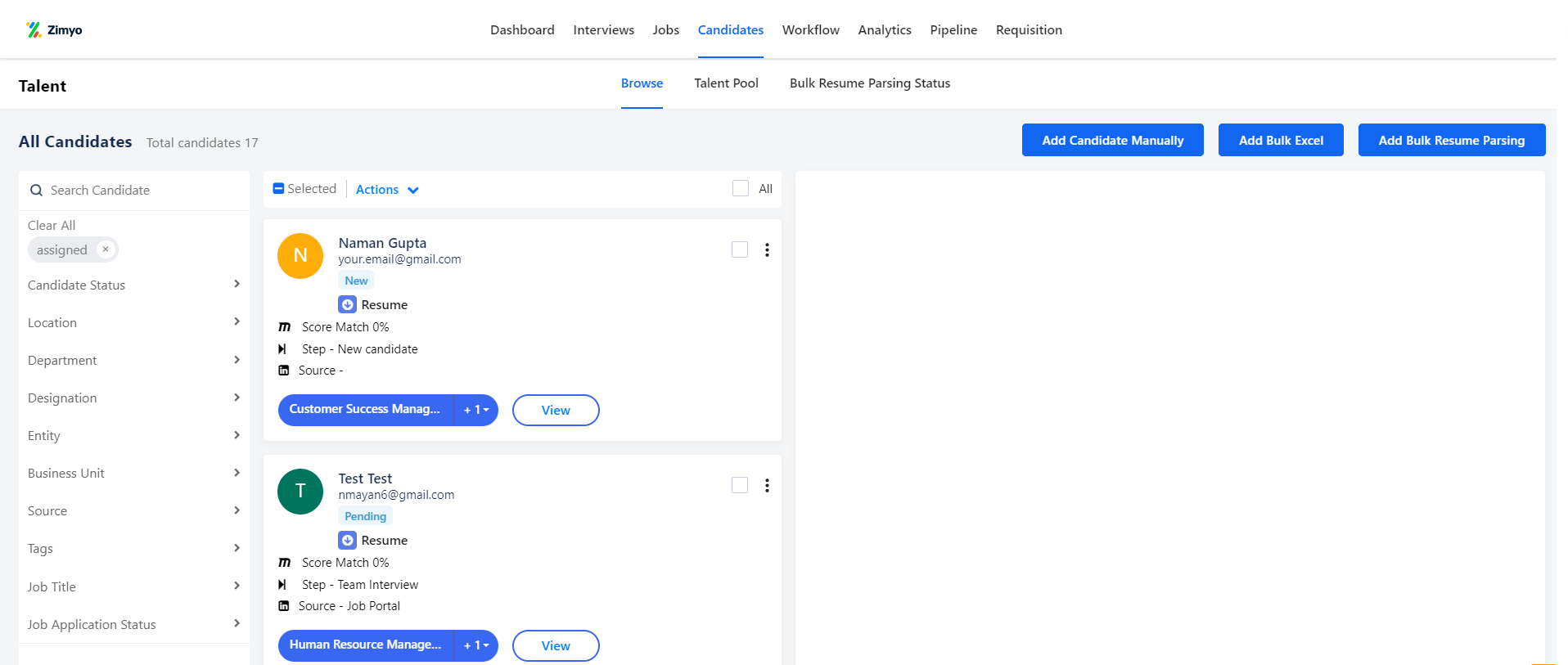
An ATS system works by automating key parts of the recruitment process. Here’s a brief overview of how it works:
- Job Posting: The ATS allows recruiters to create and post job openings across multiple job boards, websites, and social media platforms. The system centralizes job listings for easy access.
- Resume Collection: When candidates apply for jobs, their resumes and applications are automatically uploaded into the ATS system. The software can parse resumes to extract key information like contact details, work experience, skills, and education.
- Resume Screening: An ATS uses algorithms to scan resumes for keywords, phrases, and other relevant data, helping recruiters quickly identify the most qualified candidates. This is where ATS tracking comes in handy, allowing the system to rank applicants based on their fit for the role.
- Applicant Tracking and Communication: The system tracks every stage of the recruitment process, from the initial application to interviews and hiring decisions. It can also automate communication with candidates, sending personalized updates, interview invitations, and rejection emails.
- Interview Scheduling and Feedback: Once candidates are shortlisted, ATS software can assist in scheduling interviews, collecting feedback from interviewers, and moving candidates through the hiring pipeline.
- Onboarding: Some ATS systems also integrate with onboarding tools, helping new hires complete necessary documentation and training efficiently.
Types of Applicant Tracking Systems
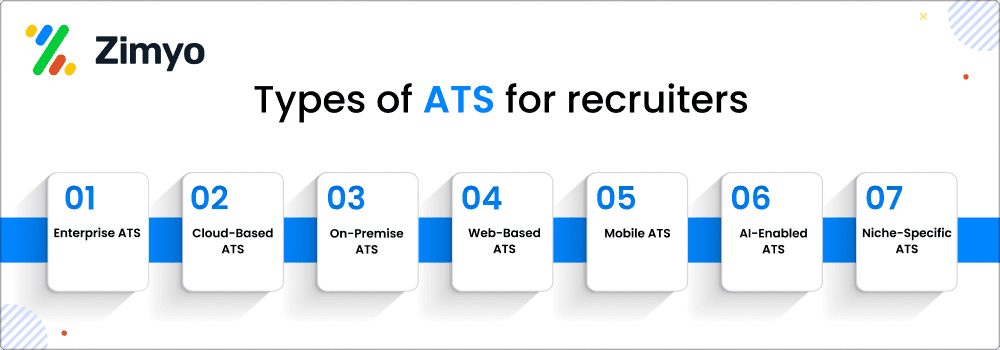
There are different types of ATS systems available, depending on the size of your organization and the complexity of your hiring needs. Here are some common types:
1. Standalone ATS
These are basic Applicant Tracking Systems that focus primarily on resume screening, application management, and interview scheduling. They are ideal for smaller organizations that require essential recruitment features.
2. Integrated ATS
An integrated ATS connects with other HR systems like payroll, performance management, and employee engagement tools. This type of system is ideal for medium to large businesses that need a more comprehensive solution for managing talent across the entire employee lifecycle.
3. Cloud-Based ATS
Cloud-based ATS software is hosted on the cloud, offering greater flexibility and accessibility. These systems are ideal for companies with distributed teams, as they can access the platform from anywhere.
What Should You Look for in an ATS?
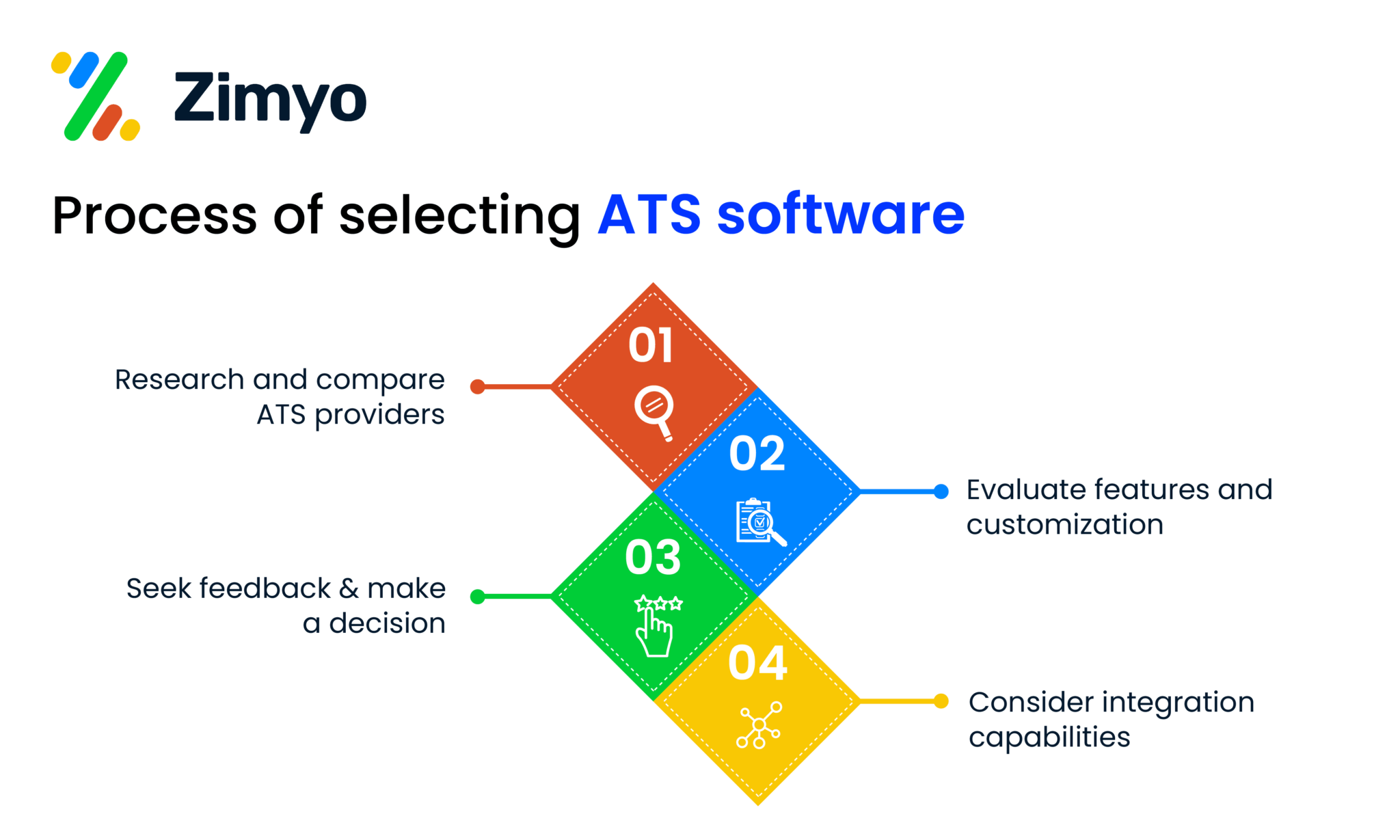
When choosing an ATS or candidate tracking software for your organization, here are a few key features to consider:
- Ease of Use: The system should be user-friendly for both recruiters and candidates.
- Customization: It should allow you to customize workflows, job postings, and application forms according to your specific needs.
- Integration Capabilities: Look for an ATS that integrates with your existing HR tools, such as payroll systems or performance management software.
- Reporting and Analytics: Detailed reports and metrics can help improve future recruitment efforts and optimize the hiring process.
- Mobile Compatibility: A mobile-friendly ATS ensures that both recruiters and candidates can access the system on-the-go.
ATS HR: The Future of Recruitment

The future of recruitment lies in automation and data-driven decisions. ATS HR technology is evolving to become more intuitive, leveraging artificial intelligence (AI) to predict candidate success, enhance the candidate experience, and streamline recruitment even further. The integration of AI into Applicant Tracking Software for recruiters allows for predictive analytics, helping hiring teams make faster, more informed decisions.
In conclusion, Applicant Tracking Systems (ATS) are essential tools for modern recruitment. Whether you’re a small business or a large enterprise, using an ATS system can significantly improve the efficiency of your hiring process. From automating resume screening to enhancing collaboration and communication, ATS tracking provides a comprehensive solution for every step of the recruitment journey. With the right ATS software, you can streamline your recruitment process, enhance the candidate experience, and make smarter hiring decisions.









What is the meaning of an Application Tracking System (ATS)?
An Application Tracking System (ATS) is software used by organizations to manage the recruitment process. It automates resume screening, tracks applicants through various stages of the hiring process, and improves efficiency.
How does an ATS help recruiters?
An ATS helps recruiters by automating tasks like resume screening, communication, and candidate tracking. It makes recruitment faster, more organized, and data-driven.
What are the benefits of ATS software?
ATS software improves recruitment efficiency, enhances candidate experience, streamlines communication, ensures compliance, and provides detailed reports to optimize hiring practices.



